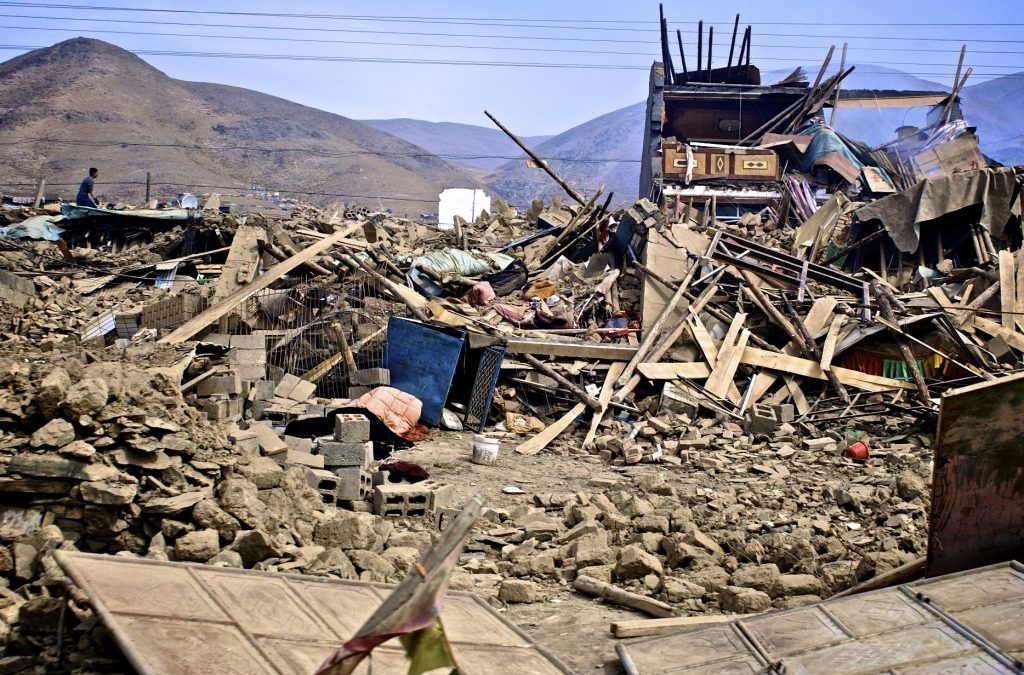After the Coup: Kyrgyzstan’s Relations with China
April 16, 2010
Undersea Cables: Taiwan’s Achilles Heel?
April 28, 2010By: Project 2049 Institute |
The death toll from last week’s massive earthquake in the Tibetan area of Yushu (Tibetan: Jyeku), in China’s Qinghai province, has now surpassed 2100. Even as dramatic rescues continue, the focus is shifting into reconstruction mode. As this process unfolds, Beijing has an opportunity to rebuild these devastated communities in a way that could facilitate a broader process of reconciliation. The question is: will China’s leaders grasp this opportunity to break from their habit of paternalistic, top-down policies towards the Tibetans?
Yushu is one of the most culturally intact Tibetan communities in the People’s Republic of China (PRC). With a 97% ethnic Tibetan population, Yushu has experienced relatively little Han in-migration due to its remote location 4000 meters above sea level. This remoteness has also stifled economic development, making it one of the poorest parts of China. PRC rule also has been relatively less repressive in Yushu, especially compared to the neighboring Tibet Autonomous Region. Yushu’s Tibetan-run NGOs openly conduct innovative community-based development programs, many with support from international donors. More recently, however, the Chinese authorities have alienated the local population with an unpopular nomad resettlement program, and a more assertive security presence since the 2008 unrest in Tibet. There were three small non-violent anti-government protests in Yushu during 2008, and cultural tensions have surfaced during rescue efforts.
While Tibetan quake victims are undoubtedly grateful for governmental assistance in rebuilding their lives, their gratitude will be short-lived if assistance is provided in the usual top-down fashion. Instead, Chinese officialdom should solicit Tibetans’ input on the best way to build an economically prosperous and culturally appropriate future for their communities. If Beijing is willing to support a community-based approach, they will find ready and capable partners among Yushu’s Tibetan-led civil society.
The central government should also consider reconstruction as an opportunity for positive outreach to the Tibetan exile community, including its leadership. The Chinese government has made some initial gestures, including an unusually mild response to the Dalai Lama’s request to visit the area, and an offer to assist exiled Tibetans in making donations or traveling to assist relatives. Both Tibetans and the international community would view any concrete cooperation between Beijing and Tibetan leaders in Dharamshala — such as through joint initiatives to assist quake victims — as a welcome confidence building measure. Such cooperation could also spur a virtuous cycle of increased in international donor support for rebuilding efforts.
Qinghai provincial authorities’ recent pronouncement that Yushu will be rebuilt as a high altitude eco-tourism destination and reports the government has ordered monks to leave Yushu are worrying signs that the old command-and-control model remains operative. Going forward, how provincial and central authorities handle issues of Tibetan participation in reconstruction planning and execution will say a lot about China’s intentions in Tibet.




